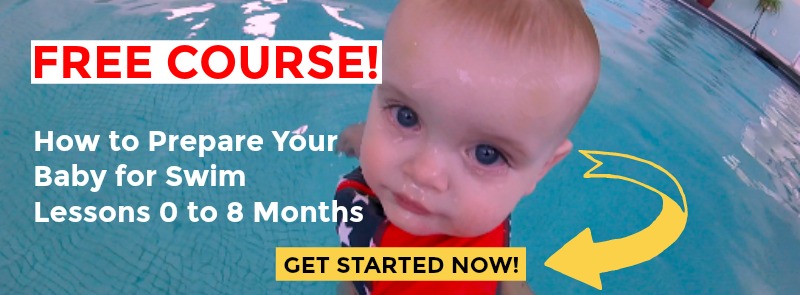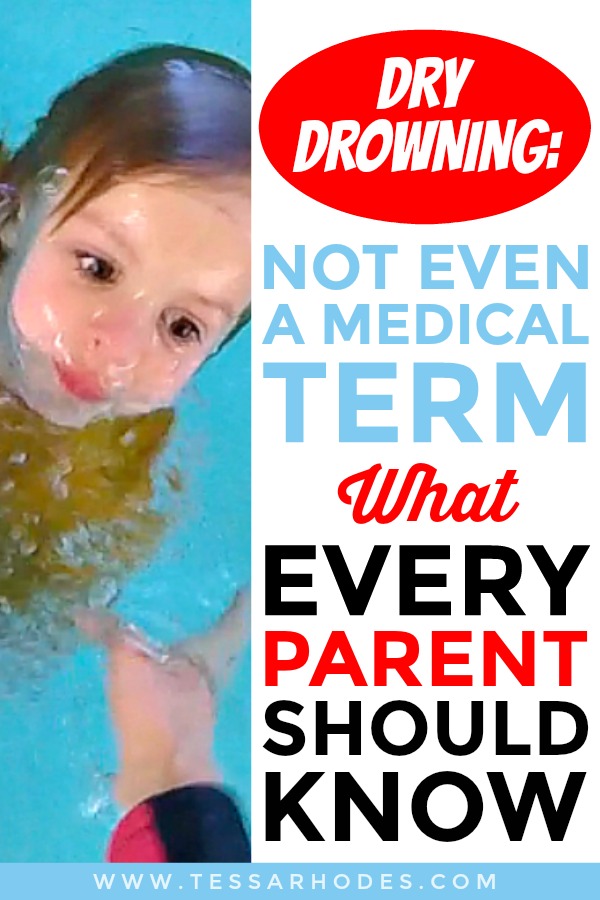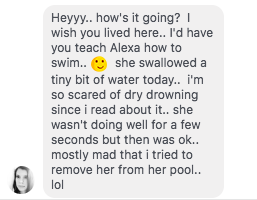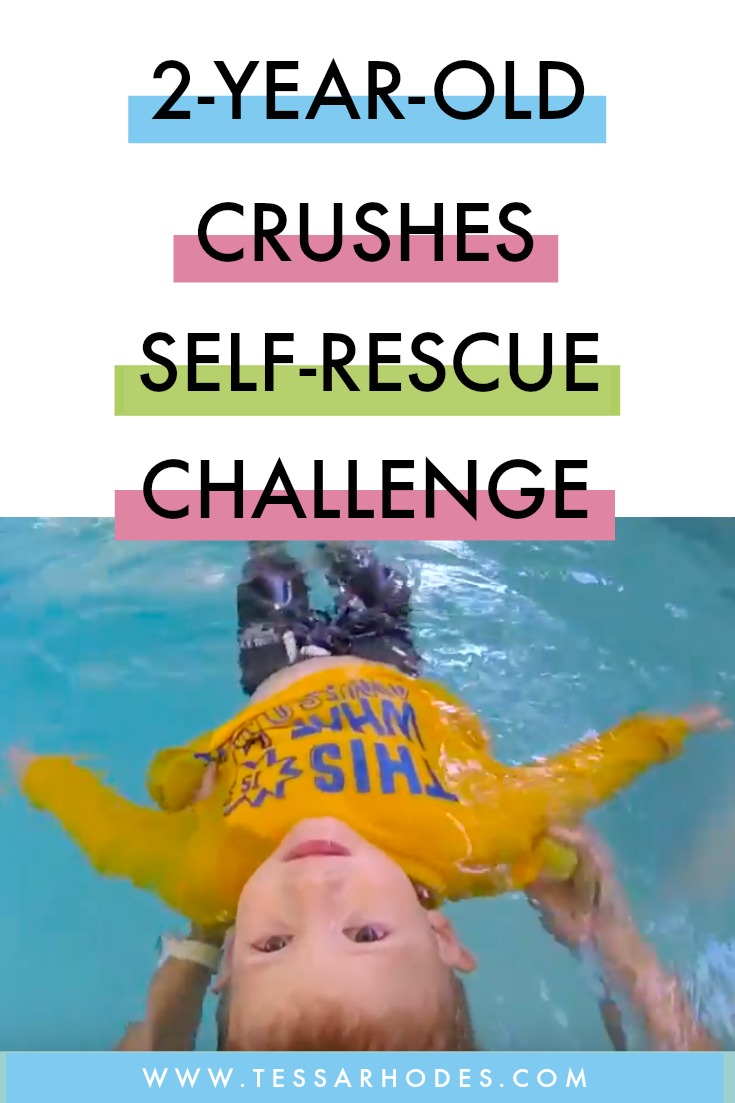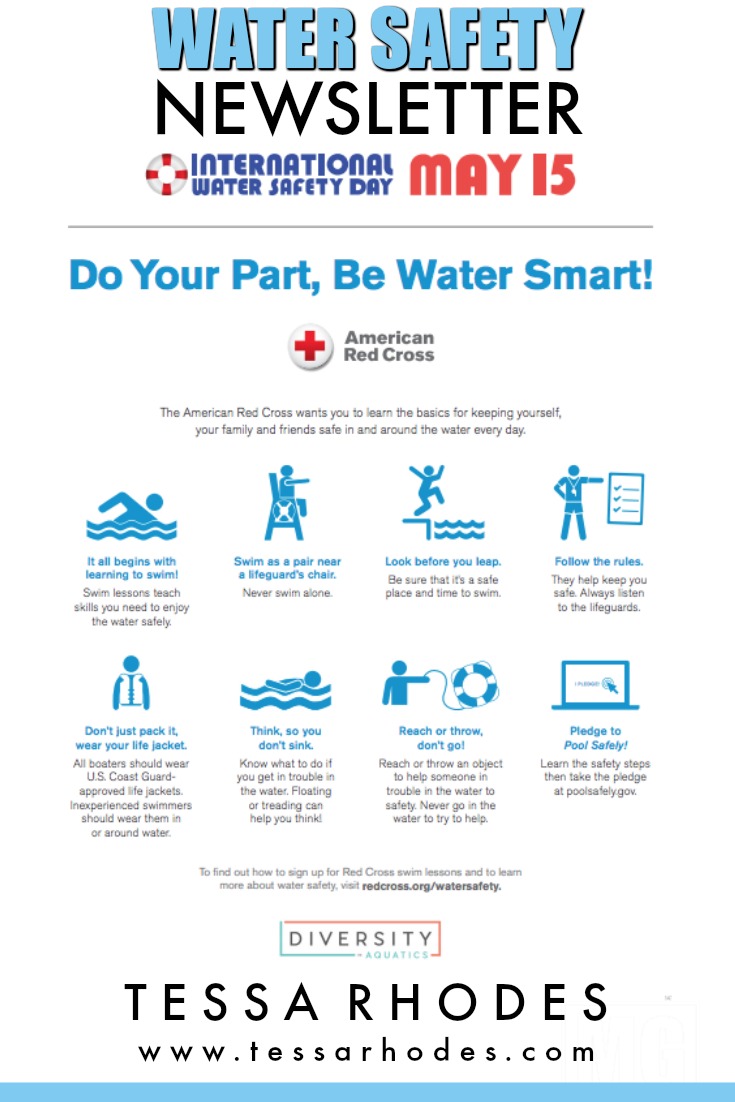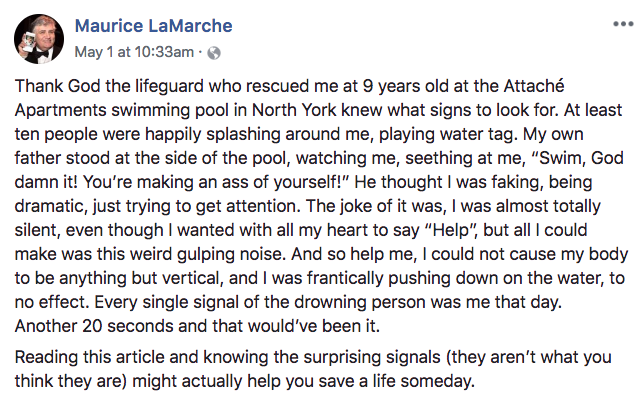In the News
Did you follow the Thailand cave rescue mission? Thanks to the heroic efforts of all those involved, the boys are finally safe.
Did you know that not a single one of those boys can swim? Neither can 11 million other Thai children under the age of 15.
The entire population of Thailand is about 69 million, and about 2650 CHILDREN drown each year in Thailand. It’s the number one cause of death for children under 15 years.
Compared to the United States. The population of the US is about 327 million, and approximately 3,536 PEOPLE drown each year in America, and about 1 in 5 are children under the age of 14.
So, if I did the math right, about 707 children drown each year in the United States vs. a staggering 2650 children in Thailand!
Developed countries overall are in far better shape, even though there is still more that we can do to prevent drowning. In Thailand, the rate of child drowning deaths is 5 to 15 times higher than those for developed countries.
The statistics are shocking. In the meantime, let’s keep our kids safe in our own homes. Be sure to fence in your pool and any other bodies of water around your house.
You might also want to check out this pool net. I happened to stumble upon it on Pinterest the other day. Seems like a great idea. Unlike a pool cover, which after heavy rainfall can collect dangerous amounts of water and then becomes unsafe for young children.
And finally, in addition to a barrier for your swimming pool and other water hazards (I know I sound like a broken record, but here it is):
- Always swim in a lifeguarded area.
- Learn swimming and water safety survival skills.
- Provide close and constant attention to children you are supervising in or near water.
- Children, inexperienced swimmers, and boaters should wear U.S. Coast Guard-approved life jackets.
- Also, know what to do in an emergency. If a child is missing, check the water first.
- And know when to call 911 and have easy access to reaching or throwing equipment, a cell phone, life jackets and a first aid kit.
Swim Tip
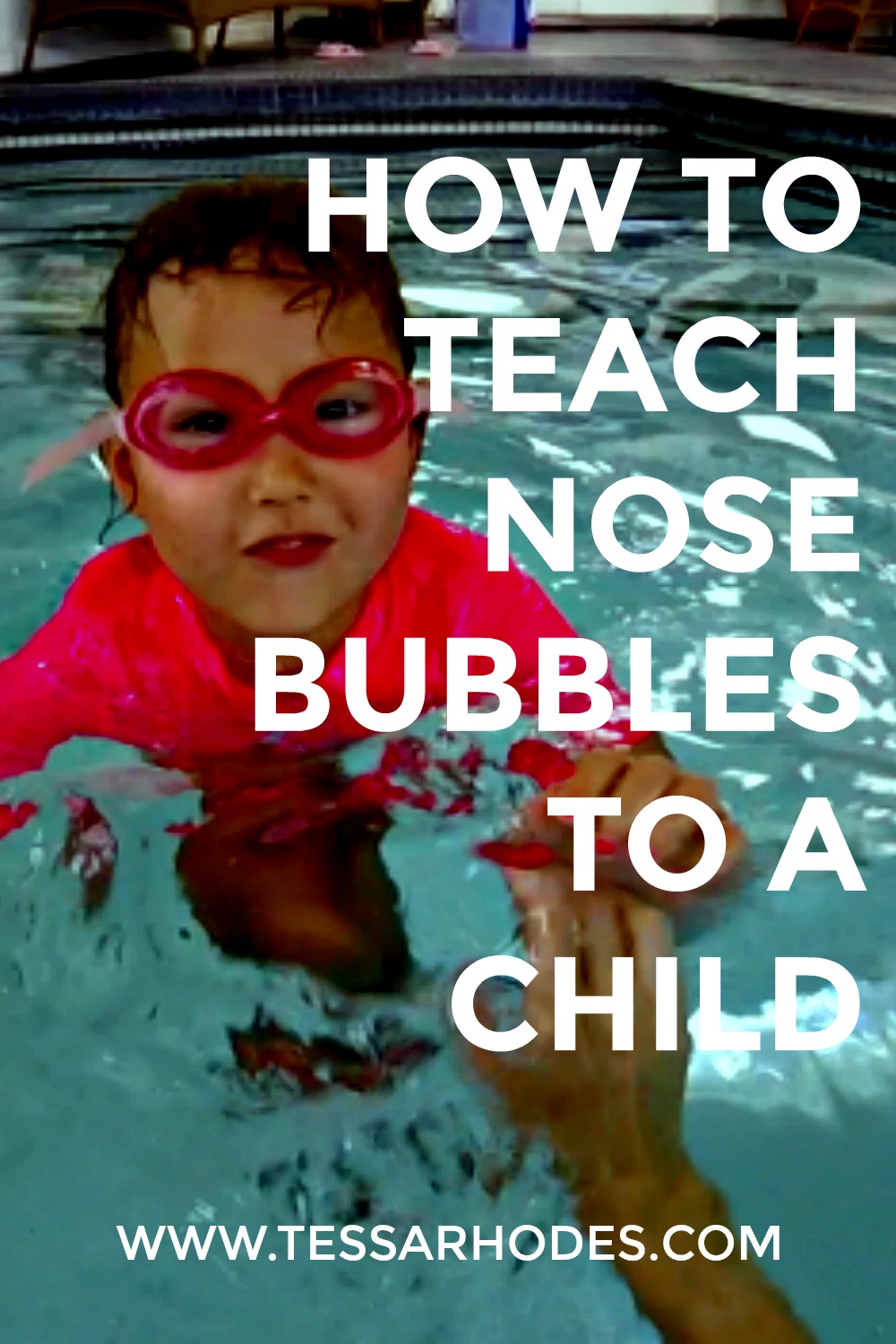
In this video, I show you how to teach a child to blow bubbles with their nose. Moreover, just in case your little one doesn’t know how to blow his nose with a tissue yet, here’s a great tip.
Thank you, Isabelle, for your participation in my video. I couldn’t have done it without you.
If you would like to learn more about breath control and blowing bubbles, my blog post entitled Breath Control: How to Blow Bubbles for Beginner Swimmers has got you covered.
Love the water but fence it in,
Tessa
P.S. Get the FREE water safety app to help ensure your family stays safe in, on and around the water. It includes kid-friendly videos and quizzes. Search the iTunes app store for Swim by American Red Cross or click here. For Google Play you can use the same search parameters or click here. It provides the latest in water safety guidance to help ensure your family stays safe in, on and around the water.
P.P.S. To start your child on the path to becoming water safe, click here.

